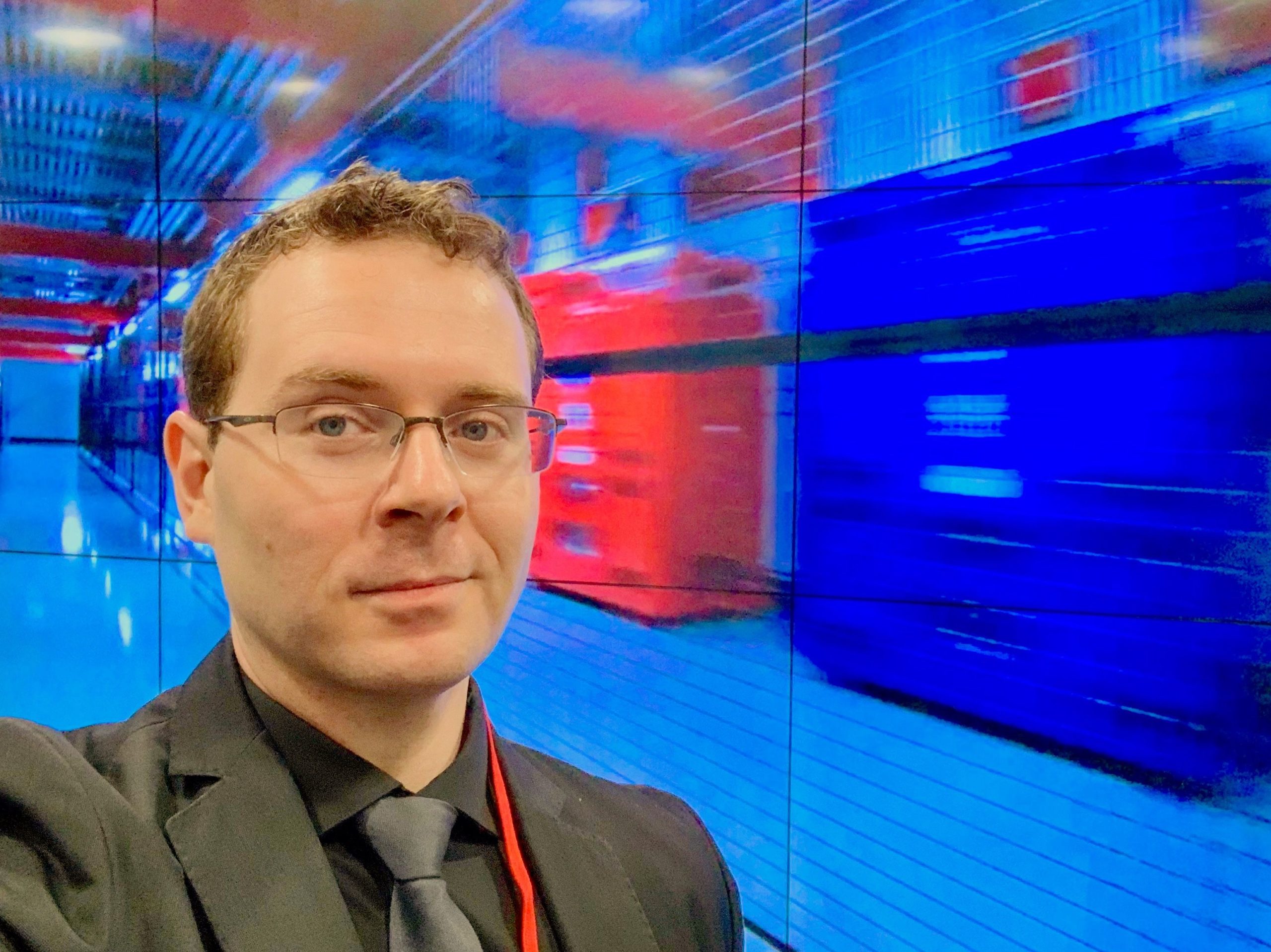Are Data Centers Really a Recession-Proof Industry?18 min read

The statement in itself is fascinating. Just a few years ago, with the broader rollout of cloud computing, questions around data center relevancy started to pour in.
But just as quickly as we were asking whether the cloud was here to kill the data center, industry leaders also knew that the cloud needed a home. So, this notion of cloud killing the data center quickly turned into one where data centers have become a direct complement to the cloud.
What’s fascinating here is that our industry is finally beginning to see the balance between what needs to be in the cloud and what should reside in the data center. A recent post on ZDNet indicates that there are still real concerns when it comes to cloud computing. SO much so that an entirely new position has been created just to deal with cloud costs and ‘sticker shock.’ According to the blog, the tremendous savings seen from the switch to up-front CapEx investments in information technology to subscription mode soon gets soured as the rising monthly bills come in for services nobody knows where and when used. And so, new technology and operational disciplines were born: FinOps. In this professional, people leverage tools and new methodologies to monitor, measure, and mitigate the costs and value delivered from the cloud. FinOps practitioners’ perspectives (yes, they are out there) provide a good understanding of what lies ahead in the cloud:
“The dirty little secret of cloud spend is that the bill never really goes down,” says J.R. Storment, executive director of the FinOps Foundation.
All of this further validates findings from the latest AFCOM State of the Data Center report. The report indicated a significant trend in how organizations are viewing cloud solutions. Definitions are being blurred as cloud takes on a broader meaning where it’s not just public cloud solutions.
Per the report, three in four respondents (72%) report noticing a trend for organizations to move away from the public cloud and looking to colocation or private data centers. The definition of a private and hybrid cloud is becoming increasingly blurred as major cloud providers (AWS Outposts, Google Anthos, Oracle OCI Cloud@Customer, AzureStack, for example) are offering their native solutions directly on-premises at a data center site.
Data Centers: By the Numbers
So, are data centers recession-proof? Without getting into an in-depth financial discussion, my analysis indicates continued growth in infrastructure and data centers. This spans studies from both the InformationWeek State of Infrastructure 2020 and the AFCOM State of the Data Center 2020 reports.
Other new reports indicate growth in the data center sector as well.
The latest ResearchAndMarkets Global Data Center Outlook Forecast indicates that the data center market by revenue is expected to grow at a CAGR of 4.5% during 2021-2026.
As the report points out, the global data center market size has witnessed a significant boost since the outbreak of the COVID-19 pandemic across the globe. The demand for data centers has increased because of the increased access to internet-related services aided by nation-wide lockdowns imposed by governments worldwide.
The COVID-19 pandemic has significantly increased the internet traffic between 25% and 30% during the initial lockdown period (March-April) worldwide, which is 10X times than average growth (~3% per month).
The reality with today’s technology ecosystems is it’s now less about ‘who will eat the other’ and more about complementary solutions. In fact, it’s all about the users and the data.
Data Centers of the Future: Follow the Data
According to Cisco Systems, the global IP data traffic increased from 96,054 petabytes per month in 2016 to 150,910 petabytes per month in 2018 and is anticipated to reach 278,108 petabytes per month by 2021.
Further, the growing volume of Big Data across the business ecosystem is gaining maturity. A recent study by Accenture in May 2018 stated that 79% of enterprise executives agreed that companies that do not embrace Big Data would lose their competitive position and are expected to face extinction.
The modern data center will not lose its relevance. In fact, with new constructions, edge computing, and even more data in our world, data centers are poised to become even more critical. This is why, in another recent report, increasing cloud workloads have influenced companies like Amazon Web Services, Google, Microsoft, Facebook, and Apple to invest huge sums, around $1 billion to $3 billion, in a single campus to bring out the utmost efficiency. These hyperscale data centers support both cloud and multi-tenant solutions.
Realistically, the only place where there has been a shrinking in the data center market is the enterprise data center. More organizations are looking at ways that they can offload that cost. Most of all, they simply want to focus on what they are good at in the business world. And often, it’s not running an enterprise, mission-critical data center.
We’ve seen that data, technology, and connectivity are what pushes our industry forward through ups and downs in the market. The reliance on our digital infrastructures is what will continue to make data centers a lively industry sector. In reality, it’s good to be in this business across nearly the entire data center spectrum.
What’s Next for Data Center Leaders?
Yes, it might be great to be in the data center space right now. But will all of this last forever? If you’re reading this, and you’ve come this far in the blog, it’s essential to leave you with one critical piece of advice:
Never stop innovating.
In our industry, innovation is no longer a cool, techie word encased in marketing messaging. It’s literally a term supporting the survival of your business. Those data center organizations that don’t innovate might find themselves losing customers and business. In the data center and hyperscale space, here’s where some fascinating things are happening:
- Power. Just look at all of the updates happening with power delivery, microgrids, new battery technologies, solar power, and more. When was the last time you reviewed your power solutions?
- Efficiency. Managing the environment of the data center has come a long way. New containment systems are improving efficiency, and new cooling methodologies are helping data centers run more optimally. Innovation has come a long way to help data centers run more efficiently and with more uptime.
- Density. At Switch, we can do upwards of 55+KW per rack. So many others in our industry are also actively helping their customers deploy more infrastructure into less space. Not every data center is built the same. And not every ecosystem can handle levels of high density. This is a time for you to review your environment and ensure you have the right systems and partners in place.
- Scale and Resiliency. Not only do you need to be able to scale, but you also need to do this with assured resiliency. What good is a massive ecosystem if it keeps failing? Being able to scale is a critical part of innovating and keeping pace with a digital economy. Further, the cost of downtime only continues to go up. This is an excellent time to review your scale requirements and resiliency level in your data center.
- Technology. Robotics, self-optimizing DCIM, drones, AI, data-driven analytics, and even augmented reality are all making their way into the data center. I wrote a blog here discussing how data centers are more than big buildings with blinking lights. This couldn’t be truer today. Are your partners leveraging some of the latest technologies to help you innovate?
There are, of course, other areas as well. But just because your lights are blinking and operational doesn’t always mean you’re bringing value to your company or customers. To maintain your level of operational efficiency and market competitiveness, be sure you’re still looking ahead and innovating.
Real-time monitoring, data-driven optimization.
Immersive software, innovative sensors and expert thermal services to monitor,
manage, and maximize the power and cooling infrastructure for critical
data center environments.
Real-time monitoring, data-driven optimization.
Immersive software, innovative sensors and expert thermal services to monitor, manage, and maximize the power and cooling infrastructure for critical data center environments.

Bill Kleyman
Industry Analyst | Board Advisory Member | Writer/Blogger/Speaker | Contributing Editor | Executive | Millennial
Bill Kleyman is an award-winning data center, cloud, and digital infrastructure leader. He was ranked globally by an Onalytica Study as one of the leading executives in cloud computing and data security. He has spent more than 15 years specializing in the cybersecurity, virtualization, cloud, and data center industry. As an award-winning technologist, his most recent efforts with the Infrastructure Masons were recognized when he received the 2020 IM100 Award and the 2021 iMasons Education Champion Award for his work with numerous HBCUs and for helping diversify the digital infrastructure talent pool.
As an industry analyst, speaker, and author, Bill helps the digital infrastructure teams develop new ways to impact data center design, cloud architecture, security models (both physical and software), and how to work with new and emerging technologies.







0 Comments